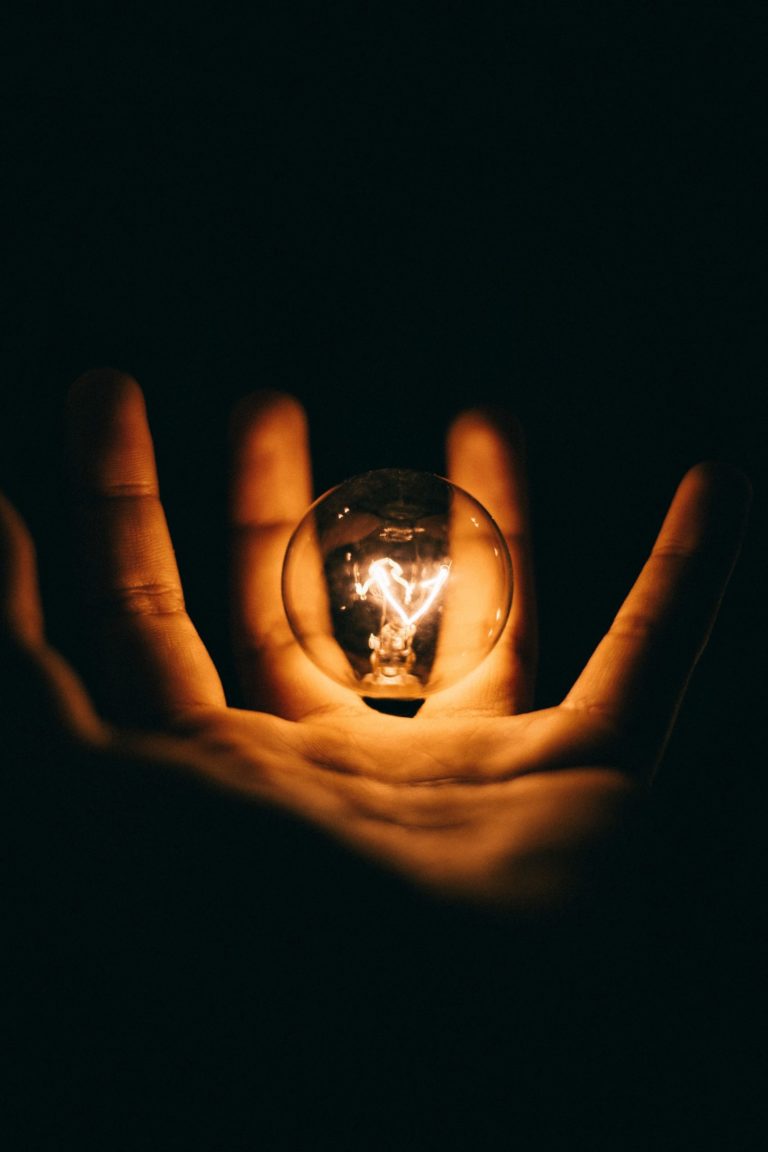Every country has a different approach to how they charge for utilities like electricity, natural gas, or even water. As such, it’s important that you understand what pricing is like in your area so that you don’t have any unexpected costs sneak up on you. Whether you’re a homeowner in the United States or living in a different country, it’s never a bad idea to look at the different factors that make up your monthly electric bill.
For example, if you look at your electric bill, you may determine that there are some cost-saving benefits of using solar power. Getting solar energy has become much more cost-effective than in the past since the cost of solar panels requires less money on your end, and renewable energy is actually becoming more and more cost-effective for utility companies to use as well. Of course, switching to a renewable energy source is good for more than just your electric bill. With global warming and climate change becoming more and more of an issue, switching from natural gas or other fossil fuel-based utilities to renewable energy offers dozens of incentives for homeowners. At the same time, it’s still important to understand how different electrical tariffs work in your city so that you can ensure that you take advantage of the right incentives before making a switch. Read on to learn more about tariffs in Melbourne and how they may affect your utility bill.
What should you know about Melbourne’s electricity tariffs?

When it comes to the overall cost of your utility bill each month, there are a few factors that impact the price you pay. These costs, like with other utilities like natural gas, including some fixed fees from regulators as well as some variable costs that may vary from one provider to another. One thing that’s important to note about fixed costs is that they apply to your utilities regardless of whether or not you use any electricity that day. For example, you may have a daily supply charge on your utility bill that covers the cost to supply you with energy.
On the other hand, the variable costs of your electrical bill are related to your electric use as a homeowner. Generally, each utility company will price this out based on a tier system, with the first block of energy being the least expensive, and the prices increasing as your energy consumption increases, too. Renewable energy may sometimes increase the cost of your electrical bill on its face; however, when you consider various tax credits, rebates, and the fact that this kind of electricity production can increase the value of your home, the energy costs associated with solar electricity will likely reduce your overall costs. It’s important to look for these sorts of factors as you look over your power purchase agreement.
How can you make the best switch to solar energy?

You know that you want to do your part in reducing greenhouse gas emissions by switching to solar power and getting solar panels installed on your rooftop—now what? When it comes to switching to a solar energy system, you need to make sure to go with professionals who have a deep understanding of using clean energy for electricity generation.
A good way to compare different providers is to head to Google and search for “electricity Melbourne.” This will allow you to compare different solar installers and weigh the advantages and disadvantages of each energy company. Make sure to read up on each provider’s reviews online, too, to see if anyone in your area has had any electrical issues as a result of switching to that specific electric utility. After all, customer service is just as important to consider when switching electrical providers as the price.




